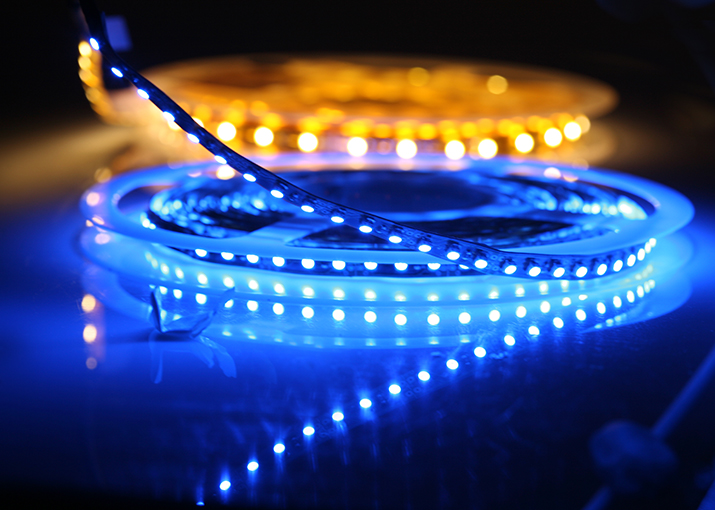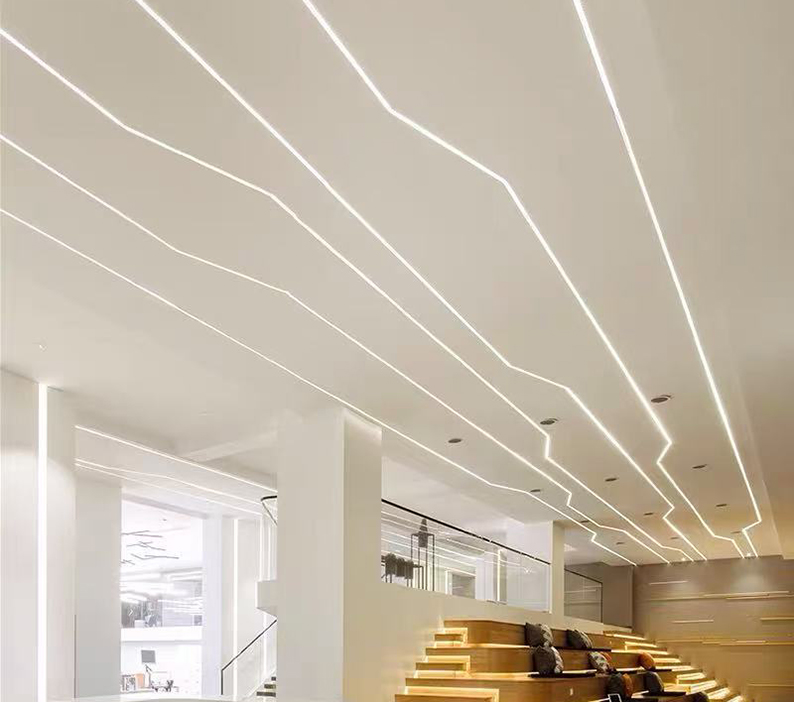For decades, the Color Rendering Index (CRI) has been the go-to metric for evaluating how accurately a light source reveals the true colors of objects compared to a natural reference source. As LED technology has revolutionized lighting, understanding CRI and its implications for LED performance is crucial for making informed choices, whether you’re lighting a museum, a kitchen, or an office.
What is CRI?
CRI is a quantitative measure (on a scale of 0 to 100) developed by the International Commission on Illumination (CIE). It assesses how faithfully a light source renders the colors of various standardized test color samples (originally 8, later extended to 14) when compared to a reference light source of the same correlated color temperature (CCT).
Reference Source: For CCTs below 5000K (warm to neutral white), the reference is a theoretical blackbody radiator (like an incandescent bulb). For CCTs 5000K and above (cool white to daylight), the reference is a specific phase of daylight.
Calculation: The CRI value (often denoted as Ra, the average of the first 8 test colors) is calculated based on the average shift in the appearance of these test colors under the test lamp versus the reference. A higher Ra value indicates less color shift and better fidelity.
Interpretation: Generally:
Ra 90-100: Excellent color rendering (critical applications like art galleries, hospitals, retail).
Ra 80-89: Good color rendering (suitable for most homes, offices, schools).
Ra 70-79: Fair color rendering (acceptable for some industrial or utility spaces).
Below 70: Poor color rendering (often reserved for applications where color accuracy is unimportant).
Why is CRI Important for LEDs?
Early LEDs often suffered from poor color rendering, making objects look dull, unnatural, or distorted. While technology has improved dramatically, significant variations in CRI still exist among LED products. Understanding CRI helps:
1. Ensure Visual Comfort and Appeal: High-CRI LEDs make spaces feel more natural and vibrant. Skin tones, food, fabrics, and artwork appear true-to-life, enhancing aesthetics and comfort.
2. Support Specific Tasks: Applications requiring accurate color discrimination (graphic design, medical examination, textile selection, high-end retail) demand high-CRI lighting.
3. Avoid Disappointment:Selecting an LED based solely on lumens (brightness) or CCT (warmth/coolness) without considering CRI can lead to unsatisfactory results where colors look “off.”
The Challenge: CRI and LED Limitations
While useful, CRI has well-documented limitations, especially when applied to LEDs:
1. Limited Color Set: The original 8-color average (Ra) doesn’t fully represent the richness of the real world, particularly saturated reds (R9 is a critical supplemental value often reported separately). An LED could score well on Ra but poorly on R9, making reds appear dull or brownish.
2. Reference Source Mismatch: Comparing an LED to a blackbody radiator (for warm CCTs) is fundamentally different. LEDs create white light by combining narrow-band phosphors, while incandescents have a smooth, continuous spectrum. This can lead to unnatural rendering even with high Ra.
3. Spectrum Sensitivity:CRI doesn’t fully capture how LEDs achieve their spectrum. Two LEDs with the same Ra and CCT can have different spectral power distributions (SPDs) and render some colors quite differently. CRI might not predict preference accurately.
4. Focus on Fidelity, Not Preference:CRI measures fidelity (accuracy to reference), not necessarily preference. Some applications might benefit from slight saturation enhancement (e.g., retail produce) that CRI penalizes.
Beyond CRI: TM-30-15 and Rf/Rg
Recognizing CRI’s shortcomings, the Illuminating Engineering Society (IES) developed TM-30-15, a more sophisticated method.
Rf (Fidelity Index): Similar to CRI but uses 99 scientifically derived color evaluation samples covering a wider range of hues, saturation levels, and real-world objects. Provides a more comprehensive fidelity score (also 0-100 scale).
Rg (Gamut Index): Measures the average increase or decrease in color saturation compared to the reference source. Rg=100 means no average shift. Rg>100 indicates increased saturation (often preferred for vibrancy), Rg<100 indicates decreased saturation (often seen as dull).
Color Vector Graphic: Visually shows which specific hues are saturated or desaturated.
Choosing LEDs: CRI and Beyond
1. Look for High Ra (CRI): For most applications requiring good color quality, aim for Ra >= 80.for critical applications, seek Ra >= 90.
2. Check R9:Always look for the R9 value. A high Ra with a low R9 (<50, especially <0) means poor red rendering. Aim for R9 > 50 for good quality, >80 for excellent.
3. Consider TM-30 (Rf/Rg): When available (increasingly common in spec sheets), consult Rf and Rg values. Rf >= 85 indicates very good fidelity. Rg around 100 is neutral; slightly higher (e.g., 102-108) might be preferred in some settings.
4. Understand the Application:A warehouse aisle might be fine with Ra 70, while a makeup counter needs Ra 90+ with good R9. Balance CRI with efficiency and cost.
5. Beware of “High CRI” Claims: Verify the actual Ra and R9 numbers. “90+” could mean 90 or 97 – a significant difference.
CRI remains a vital, standardized tool for comparing the color rendering potential of LED lighting, especially when combined with the R9 value. However, its limitations necessitate a more nuanced approach. Understanding CRI, its strengths, and its weaknesses empowers you to make better lighting choices. As the industry evolves, embracing newer metrics like TM-30’s Rf and Rg provides an even deeper understanding of how LEDs render color, leading to lighting that is not only efficient and long-lasting but also truly enhances our visual experience and well-being. When selecting LEDs, look beyond the simple wattage and color temperature – demand the CRI and R9 figures, and seek TM-30 data where possible to ensure the light reveals the world as it’s meant to be seen.


